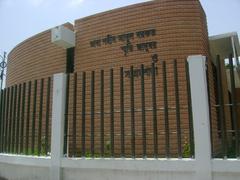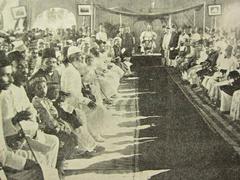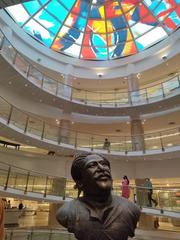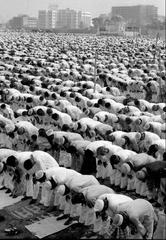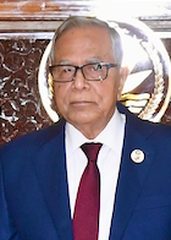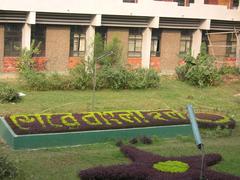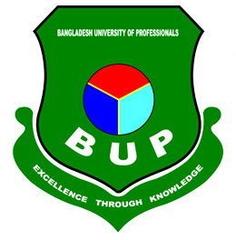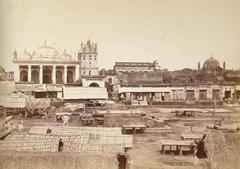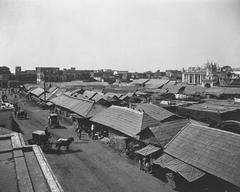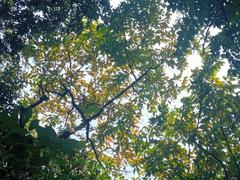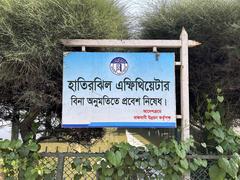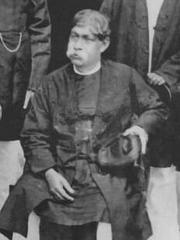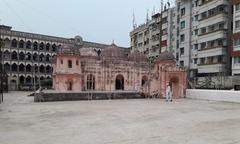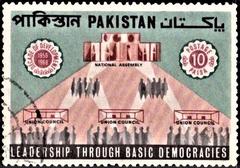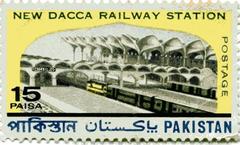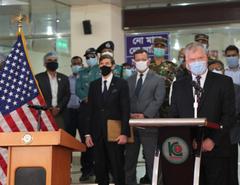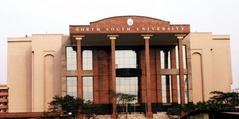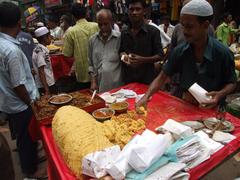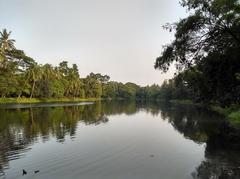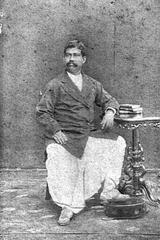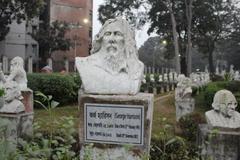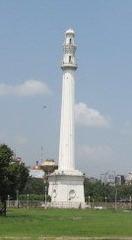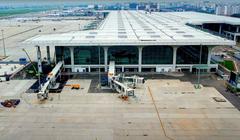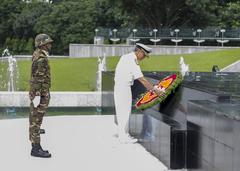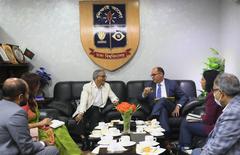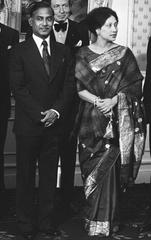
Moder Gorob Dhaka Visiting Hours, Tickets, and Historical Sites Guide
Date: 04/07/2025
Introduction
Moder Gorob, meaning “Our Pride,” is a profound monument located at the heart of Dhaka, Bangladesh. Dedicated to the martyrs of the 1952 Bengali Language Movement, the site stands as a powerful symbol of the Bengali people’s resilience, their fight for linguistic rights, and their enduring cultural identity. Situated prominently in front of the Bangla Academy within the vibrant Shahbagh cultural hub, Moder Gorob invites everyone—from history enthusiasts and cultural travelers to local visitors—to engage deeply with a pivotal chapter of Bangladesh’s history (historyandfact.com; Wikipedia; makemytrip.com).
This guide provides comprehensive details on visiting hours, ticket information, accessibility, travel tips, nearby attractions, and answers to frequently asked questions, ensuring you have everything you need for a meaningful visit.
Table of Contents
- Introduction
- Historical and Cultural Significance
- The Language Movement: Key Events and Martyrs
- Monument Features and Symbolism
- Visiting Moder Gorob: Practical Information
- Nearby Attractions
- Frequently Asked Questions (FAQ)
- Summary & Recommendations
- References
Historical and Cultural Significance
The Language Movement and Its Legacy
The Bengali Language Movement originated from the deep-rooted colonial and post-colonial history of the Indian subcontinent. During British rule, English was imposed as the language of administration and education. After the 1947 partition, Pakistan was created with two wings—West Pakistan and East Pakistan (now Bangladesh)—separated by over a thousand kilometers and vastly different linguistically and culturally. Despite Bengalis forming the majority, the central government declared Urdu as the sole state language in 1948, sparking immediate resistance in East Pakistan (slideshare.net).
The imposition of Urdu was perceived as an attack on Bengali identity and heritage. Peaceful demonstrations and petitions soon escalated into mass protests, culminating in the tragic events of February 21, 1952, when several students and activists were killed by police during a demonstration at Dhaka University (historyandfact.com).
This sacrifice transformed the movement into a symbol of linguistic and cultural rights, not only for Bangladesh but globally, with UNESCO designating February 21 as International Mother Language Day.
The Language Movement: Key Events and Martyrs
Timeline Highlights
- 1948: Pakistan’s founder, Muhammad Ali Jinnah, declares Urdu the sole national language, igniting protests in Dhaka.
- February 21, 1952: Students defy a government ban on assemblies; police open fire, killing several key activists including Abul Barkat, Abdul Jabbar, Rafiq Uddin Ahmed, Abdul Salam, and Shafiur Rahman (myexaminer.net).
- Aftermath: The martyrs become national heroes, and their sacrifice is immortalized in memorials such as Moder Gorob and Central Shaheed Minar.
Monument Features and Symbolism
Design and Artistic Elements
Moder Gorob is a compelling blend of artistic mediums, combining:
- Metal Busts: Five distinct figures representing the martyrs, designed to evoke permanence and reverence.
- Terracotta Murals: Traditional Bengali artistry adorning the wall behind the busts, depicting scenes from the Language Movement.
- Structural Symbolism: The raised base and three-step wall represent the progression and struggle for recognition. The monument’s design integrates unity, determination, and hope (myexaminer.net; Mizanur RMizan).
The monument stands not just as a marker of history but as a living site for national remembrance, especially vibrant during International Mother Language Day.
Visiting Moder Gorob: Practical Information
Location & How to Get There
Moder Gorob is situated in front of the Bangla Academy, within Shahbagh, Dhaka (Wikipedia; Touristlink). Shahbagh is a central cultural and academic hub, easily accessible by:
- Rickshaw: Ideal for short city rides.
- CNG Auto-rickshaw: Suitable for longer distances.
- Ride-sharing Apps: Uber and Pathao are convenient for visitors.
- Public Bus: Multiple routes serve the Shahbagh area, though crowds can be daunting for first-timers (We Free Spirits).
Visiting Hours & Tickets
- Open Hours: Moder Gorob is an outdoor monument accessible 24/7, though visiting during daylight is recommended for safety and appreciation.
- Entry Fee: There is no charge; the site is free for all visitors.
Accessibility
- Wheelchair Access: Paved paths and open plazas make the site accessible, although some pavements may be uneven.
- Facilities: No dedicated restrooms at the monument, but nearby institutions like Bangla Academy and the National Museum offer visitor amenities.
Best Time to Visit
- Season: November to February (cool and dry) is ideal, with pleasant weather and lower humidity.
- Special Dates: February 21 (International Mother Language Day) is the most significant, attracting large crowds and commemorative events.
- Weather in July: Expect high temperatures (27°C–33°C) and frequent rain; bring an umbrella and stay hydrated (Weather25; EaseWeather).
Safety & Etiquette
- Behavior: Maintain a quiet, respectful demeanor. Modest clothing is advised.
- Photography: Permitted, but avoid obstructing others or climbing on the sculptures.
- Security: Keep personal belongings secure in busy areas (We Free Spirits).
Photography Tips
- Lighting: Early morning or late afternoon offers the best natural light.
- Angles: Capture both the details of the busts and the terracotta murals for a vibrant visual narrative.
- Social Sharing: Use hashtags like #ModerGorob and #DhakaTravel to share your experience (Touristlink).
Nearby Attractions
- Bangla Academy: Literary exhibitions and cultural events (Wikipedia).
- Central Shaheed Minar: The principal monument to Language Movement martyrs.
- Liberation War Museum: Chronicling Bangladesh’s road to independence.
- Dhaka University & Ramna Park: Historic academic buildings and tranquil green spaces.
- National Museum: Bangladesh’s largest museum of art and history (makemytrip.com; VisitSights).
Frequently Asked Questions (FAQ)
Q: What are the visiting hours of Moder Gorob?
A: The monument is open 24/7 as an outdoor public site.
Q: Is there an entry fee?
A: No, entry is free of charge.
Q: Is Moder Gorob wheelchair accessible?
A: Yes, though some pathways may be uneven.
Q: Are guided tours available?
A: No official tours, but local walking tours often include Moder Gorob.
Q: Is photography allowed?
A: Yes—be respectful and mindful of other visitors.
Q: What is the best way to reach Moder Gorob?
A: Rickshaw, CNG auto-rickshaw, ride-sharing apps, or public bus to Shahbagh.
Summary & Recommendations
Moder Gorob stands as a poignant tribute to the martyrs of the Bengali Language Movement and a vital symbol of Bangladesh’s cultural and national identity. The monument’s design, combining evocative sculpture and traditional terracotta, makes it both a place of reflection and a hub for historical education. Its central location, free entry, and accessibility features ensure that all visitors can experience its significance.
Tips:
- Visit during the cooler months for comfort and vibrant commemorations.
- Pair your visit with the Bangla Academy and Central Shaheed Minar for a comprehensive cultural experience.
- Respect local customs and maintain a solemn attitude, especially during commemorative events.
For more travel tips and immersive guides on Dhaka’s historical landmarks, download the Audiala app and follow our latest updates.
References
- The Language Movement of Bangladesh: A Fight for Identity and Recognition, Historyandfact.com
- Significant of the Language Movement Bangladesh, Slideshare.net
- Moder Gorob - Our Pride Sculpture in Dhaka, Myexaminer.net
- Places to Visit in Dhaka, Makemytrip.com
- Moder Gorob Overview, Touristlink
- Dhaka Things to Do Travel Guide, We Free Spirits
- Important Sculptures and Monuments in Bangladesh, Mizanur RMizan
- Bangla Academy, Wikipedia
- VisitSights - Dhaka
- Weather in July, Weather25
- Dhaka July Weather, EaseWeather
- Top 10 Must-Visit Attractions for Dhaka Tourism in 2025, ToursnTripsBD
- Laure Wanders - Places to Visit in Dhaka



